How Fast Do String of Pearls Plants Grow? How to Grow Them Faster
-
Pete Ortiz
- Last updated:
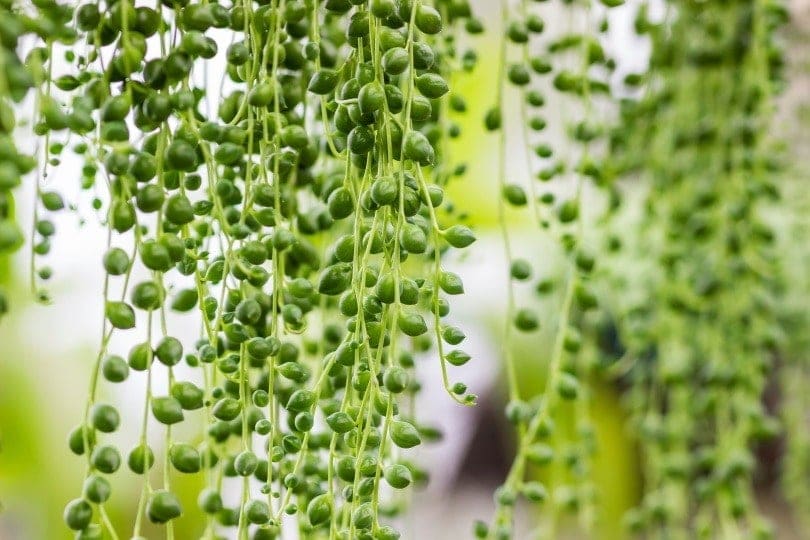
The string of pearls is one of the most desirable indoor plant species. It is a relatively low-maintenance succulent plant suitable for beginners. Gardeners have varying opinions about its growth rate, but generally, it can grow up to 5–15 inches every year, and more rapidly if given the right conditions.
The growth rate of your plant will depend on various factors, such as temperature and humidity. Therefore, it is best to provide your string of pearls adequate care during the rapid growth period to ensure that the plant grows healthy.
Read on to learn everything you need to know about the proper care of these indoor plants.
Factors Affecting the Growth Rate of the String of Pearls
As earlier mentioned, the growth rate of your string of pearls will depend on environmental factors, such as light intensity, humidity, temperature, etc. When nutrients are sufficiently available, the plant grows very fast with visible growth present on the leaves and stem.
For fast and healthy growth, the humidity needs to be below 50% and the temperatures need to be at least above 70°F. However, if nutrients are lacking and temperatures go below 60°F, especially during winter, the growth rate will be slower and the stems will grow weak, thin, and soft.
You could also give your plant some fertilizer during the growing season to promote rapid growth. Now, we will discuss the various factors that affect the growth rate of your string of pearls.
1. Season
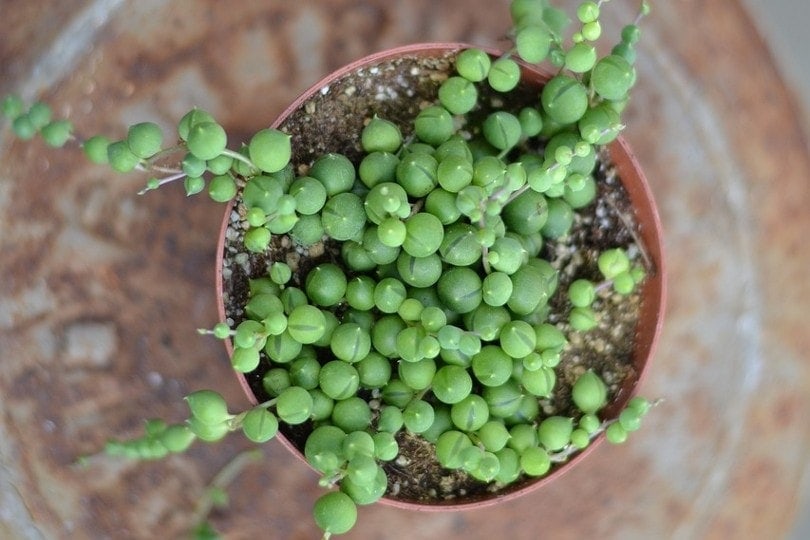
Like many succulent plant species, the string of pearls grows during summer and spring and remains dormant during winter. During the dormant period, your plant growth rate will likely be slower, which is nothing to worry about because it is normal.
In winter, avoid giving your plants any form of fertilizer because the plant will not be able to use it. The excess fertilizer could end up burning the roots of your plant.
2. Watering Schedule
As a member of the succulent plant species, the string of pearls has minimal water requirements. However, be sure not to over or underwater it.
Overwatering can lead to the formation of disease-causing organisms and, if neglected, the plant will probably die. This tends to happen during winter when the plants can go without a drop of water for 2–3 weeks. Therefore, before watering it, check the soil moisture content using a moisture meter or by inserting your finger inside your potting mix. If the soil feels dry to the touch, then you should probably water your plant.
3. Light Intensity
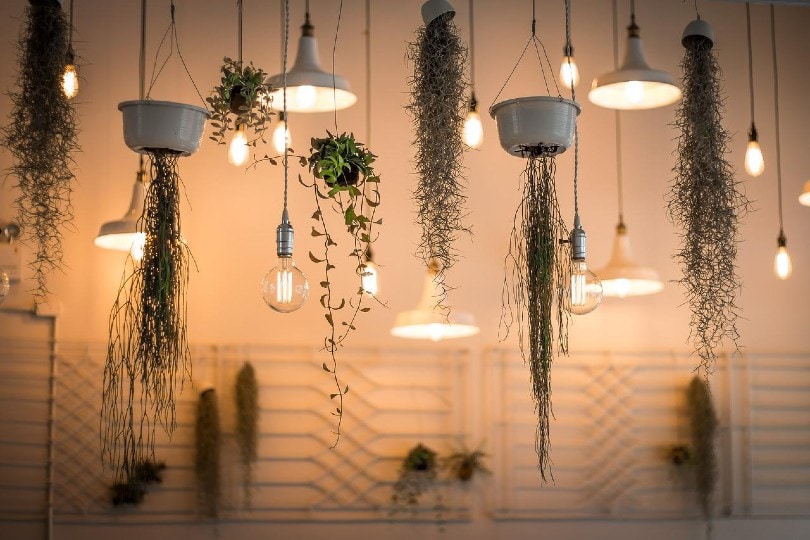
For any plant to thrive, it needs adequate exposure to sunlight, and the string of pearls is no different. This indoor plant can survive in both high and low-light areas. However, you will detect more growth if the plant is positioned in a bright spot, but with a caveat. If you plant your plant under direct sunlight, the growth rate will be significantly faster, but the bright light might scorch the leaves and burn the plant over time.
On the other hand, your string of pearls can grow in low light conditions, but the growth rate will be much slower. So, low light conditions are not ideal for the rapid and healthy growth of this indoor plant. If by any chance your plant doesn’t receive adequate light from the sunlight, consider purchasing artificial light to be enough to promote a faster growth rate.
4. Temperature and Humidity
The string of pearls plant may not have strict humidity and temperature requirements, but it will need average humidity and temperature levels to thrive. Unfortunately, lower levels will inhibit the plant’s growth, especially during winter. In this cold season, you might want to increase humidity levels by using a humidifier, or a pebble tray.
Alternatively, you could position the plant in a room with more humidity content, such as the kitchen area or in a washroom. Growing your string of pearls near a radiator will also increase temperature, but ensure it is not too close to the fixture because too much heat will also cause the plant to wilt. Moreover, you shouldn’t expose your plant to cold winter drafts. Instead of growing the plant next to a window, move it to the warmer areas of your house when it’s cold.
5. Pests and Diseases
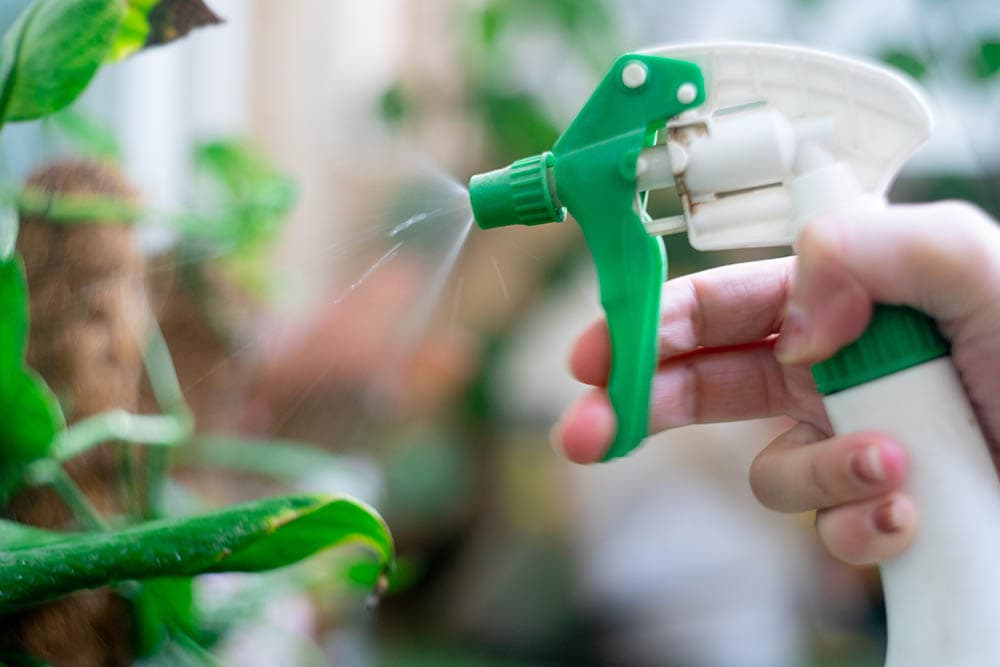
The string of pearls is also susceptible to pests and diseases. Common pests that affect it include scales, aphids, mites, and mealy bugs, among others. These pests are usually brought on by overwatering, which causes root rot and promotes the development of pests and diseases. Once they invade the plants, they can easily stunt the growth of the string of pearls plants.
Usually, the pests rely on the plant’s sap for sustenance, and once they make a home on a plant, they can literally suck the plant dry. So, it’s best to get rid of them immediately when you notice their presence.
 6 Tips for How to Increase the Growth Rate of String of Pearls
6 Tips for How to Increase the Growth Rate of String of Pearls
1. Avoid Overwatering
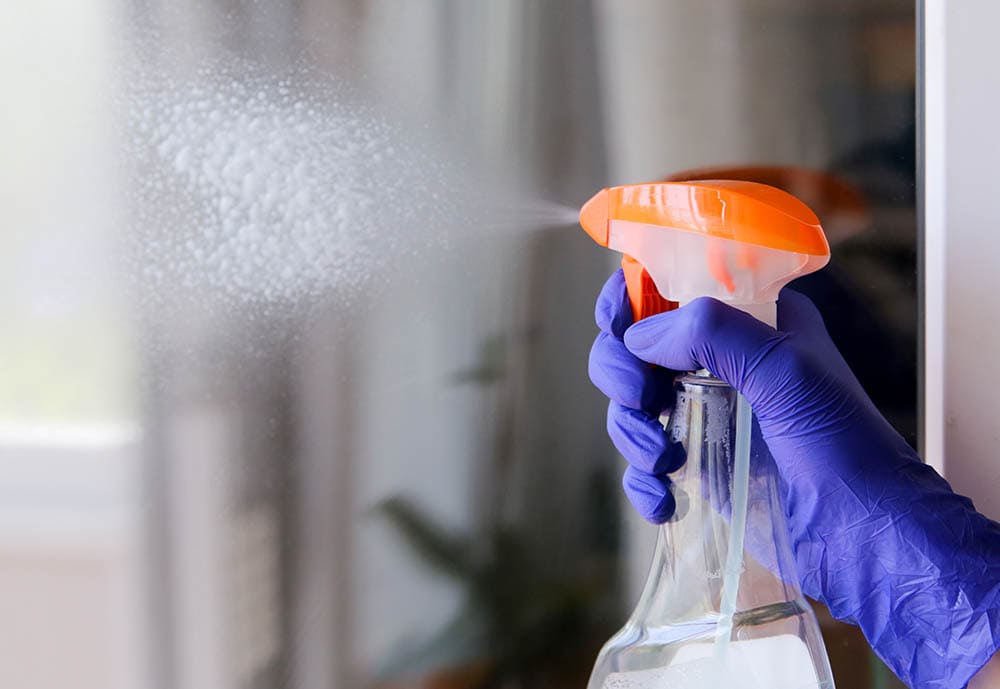
Since the string of pearls is a succulent plant variety, you are very likely to damage them by changing their watering regimen. One of the most common mistakes is overwatering the succulents. You shouldn’t let your plant get bone dry, but you must wait until the top soil layer is dry before adding any water. As soon as you ascertain the plant needs water, give it a good soak but don’t let the plant sit in water for a while.
2. Use the Right Soil
The string of pearls does best in well-draining soil. When the soil is heavy, the roots are usually left waterlogged. You could use the typical houseplant soil mix, but, it’s better to grow the plant in a potting mix specifically tailored for succulent plants.
3. Use the Right Pot Size

As aforementioned, the string of pearls thrives in well-draining soil, so the pot that you grow your plants in should have multiple drain holes. The plant’s root system is not affected by being pot-bound. So, there really is no reason to increase the pot size once the plant starts enlarging.
Besides, a small pot will minimize the surface area that the plant has to sit on the soil. When too many leaves sit on the soil, they reduce air circulation and are likely to rot. That can also happen if the pot is too deep.
4. Grow It in the Right Location
When it comes to lighting conditions, all succulents are fussy. They need plenty of exposure to light to survive. However, if they spend too much time in direct sunlight, the leaves can get scorched. Therefore, the best option would be to position them in a west-facing or south-facing window and ensure that your plant is at least a foot away from the window. If your house has window sills that are not wide enough to handle this, simply use a hanging basket or plant stand.
5. Trim the Plant When It Reaches the Ground
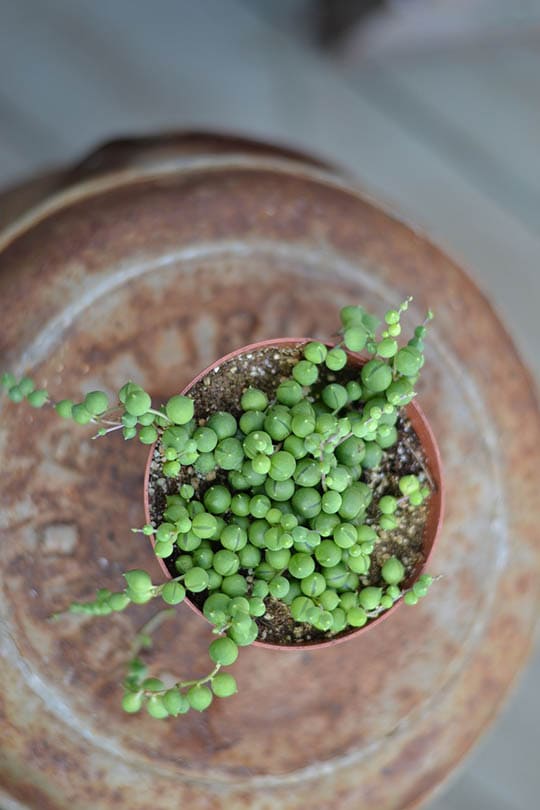
If left to grow naturally, the string of pearl vines can trail about 3 feet before the string starts to break. Yet, some gardeners claim that their plants can grow for about 5 feet in length. Whichever the case, if this plant starts to touch your patio or floor, it’s time for a trim.
6. Fertilize the Plant
It’s best to fertilize your string of pearls all year round, especially during the growing season. Simply sprinkle a little potassium or phosphorus fertilizer in your potting mix every month. Fertilizer will not only make the plant plumper and rounder, but it will also make the branches grow more quickly.
Alternatively, use potassium dihydrogen sulfate, which is a liquid fertilizer that can be mixed with water and sprayed on the plant’s beads.
Conclusion
In a nutshell, the string of pearls is a relatively low-maintenance plant that thrives in well-draining soil, bright light, and infrequent watering. When the conditions are right, this plant can grow up to 15 inches every year.
Overwatering is the most common cause of root rot, which can kill the plant. So, it’s best to grow the plant in a specially tailored potting mix for succulents. Alternatively, simply use inorganic materials such as sharp sand, pumice, or pea gravel. A shallower container will also be ideal since the plant’s root system is not extensive. Moreover, ensure that you fertilize the plant all year round to boost the nutrients required for rapid growth.
Featured Image Credit: Fabrizio Guarisco, Shutterstock
Contents


